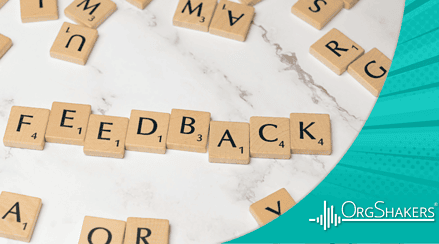Menu

Can AI Help Reduce Employee Burnout?
As employers, we are constantly looking for ways to improve employee wellbeing. One of the most prominent barriers to achieving this goal is employee burnout – a condition that is characterized by emotional, physical, and mental exhaustion caused by heavy workloads, high expectations, and the ever-blurring lines between our work lives and our personal lives.
However, with the recent rise of artificial intelligence (AI) in the workplace, this does beg the question: can technology be the key to reducing workplace stress, or does it risk adding to the pressure?
We know that workplace stress is at an all-time high. According to a report by the American Psychological Association, over 75% of employees experience daily stress related to work, with many citing unrealistic deadlines, lack of control, and poor work-life balance as the primary culprits.
So how does AI fit into all of this? Well, AI has the potential to revolutionize the way businesses operate and, if implemented correctly, can help alleviate some of the most prominent stress triggers in the workplace:
- Automating Repetitive Tasks – administrative burdens often contribute to employee burnout, and so it can be smart to invest in AI-powered tools that can handle repetitive, time-consuming tasks like scheduling meetings, processing invoices, and responding to routine emails. By automating these processes, employees can focus on more meaningful and engaging work, reducing cognitive overload and frustration.
- Smart Workload Management – AI-driven project management software, such as Asana and Trello, have the capabilities to analyze workloads and redistribute tasks more efficiently. These systems can provide real-time insights into employee capacity, preventing burnout by ensuring workloads are balanced.
- Enhanced Employee Support and Wellbeing – AI-powered mental health chatbots and virtual counsellors, such as Wysa and Woebot, offer employees 24/7 emotional support, guiding them through stress management techniques. Additionally, companies such as Alula Technologies offer detailed, personalised insight on mental wellbeing and stress levels through their VivaScore product, which can give employees tailored advice best suited to them and alert employers to which employees are struggling with stress.
- Work-Life Balance through AI Scheduling – one of the most significant contributors to burnout is a lack of work-life balance. AI-driven scheduling tools can optimize meeting times, reduce unnecessary interruptions, and suggest better time management strategies. For example, Microsoft’s Viva Insights provides employees with data-driven recommendations on when to take breaks and how to structure their workday for maximum efficiency.
However, it is important to note that while AI presents significant opportunities, it is not without risks. Employees may feel uneasy about being monitored by AI, raising concerns about privacy and surveillance. Additionally, an over-reliance on AI could lead to depersonalization in HR, where human empathy and intuition are crucial ingredients to the human resource function. It’s therefore essential that AI is used as a supplement to – and not a replacement for – genuine human support and interaction.
As organizations introduce AI into the workplace, it is HR who will play a pivotal role in supporting these new co-worker relationships between humans and technology. As Melissa Swift describes in her book Work Here Now, HR will be ‘couples counsellors’ for humans and technology, coaching employees on how to successfully interact with newly integrated tech in order to optimize its (and their) abilities.
If you would like to discuss how we can help your company choose the best AI tools to help manage and prevent employee burnout, as well as be the ‘couples counsellors’ for your employees and new technology, please get in touch with us today!



